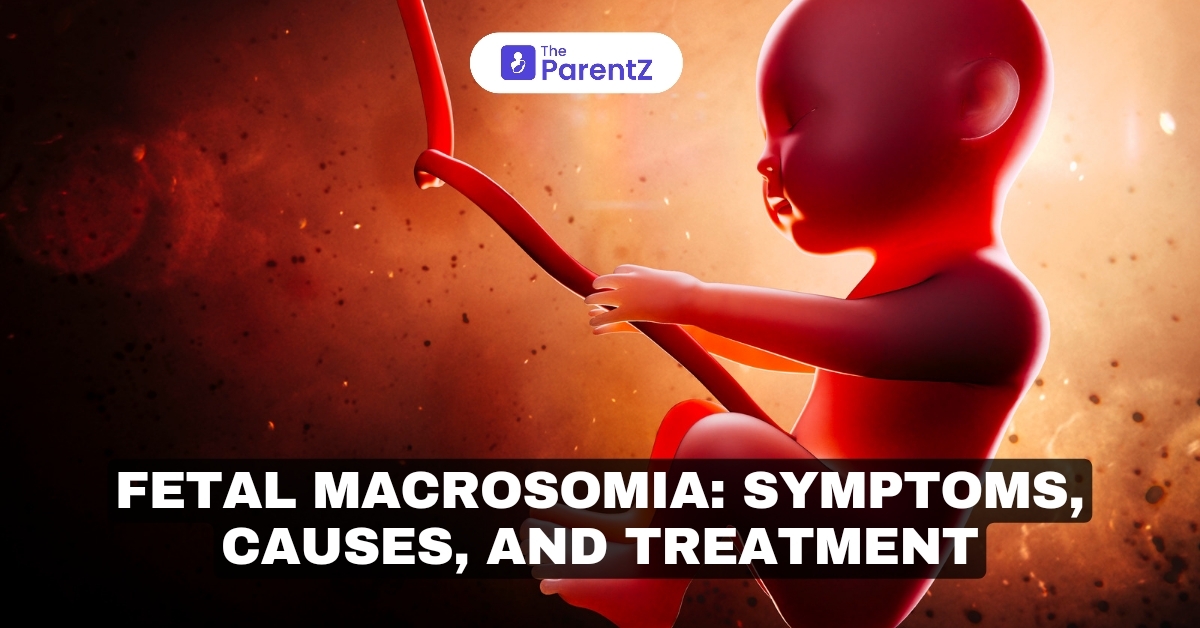Fetal macrosomia is a medical condition where a newborn baby weighs more than 8 pounds, 13 ounces (4,000 grams) at birth, regardless of gestational age. Fetal macrosomia poses a significant risk to both the baby and mother, especially during the delivery. While some babies are naturally large due to genetics, fetal macrosomia is often associated with other health conditions resulting in severe complications.
According to the American College of Obstetricians and Gynecologists (ACOG), approximately 9% of all babies born in the United States are considered macrosomic.
Read below this article to learn about fetal macrosomia, its symptoms, causes, and treatment.
Symptoms of Fetal Macrosomia
This condition is usually diagnosed during pregnancy but may still not be confirmed until birth. Here are some common symptoms of this condition.
- Large fundal height, which if consistently larger than expected for the baby's gestational age, could indicate fetal macrosomia.
- Excessive amniotic fluid, also called polyhydramnios, a condition where there is too much amniotic fluid indicates that it can be due to the baby producing more urine, which is a result of their larger size.
- Excessive weight gain in the mother, accompanied by gestational diabetes, can increase the risk of fetal macrosomia.
- Difficult labor since a large baby can cause complications during labor and delivery, such as shoulder dystocia.
Causes of Fetal Macrosomia
Some of the common causes of fetal macrosomia include
- Gestational diabetes or poorly controlled pre-existing diabetes in a mother
- Obesity or significant weight gain during pregnancy
- If a woman has had a previous baby with fetal macrosomia
- Babies who are born after their due date
- Family history and genetics. Larger parents are more likely to have larger babies.
- Male babies are more likely to develop fetal macrosomia in comparison to female babies.
Diagnosis and Treatment
Diagnosing this condition includes ultrasounds, fundal height measurement, amniotic fluid levels, and monitoring maternal risk factors. Though there is no specific treatment to reduce the size of the baby, several measures can be opted for to reduce the risks. Some of the preventive measures include
- Controlling blood sugar levels through diet, exercise, and insulin therapy as it can help reduce the baby's growth.
- Limiting excessive weight gain during pregnancy
- If the baby is suspected to be macrosomic, inducing labor before the baby grows too large is sometimes considered.
- In some cases, where the baby is estimated to weigh more than 4,500 grams (9 pounds, 15 ounces), or if there are other complications, a scheduled C-section is recommended by the healthcare provider.
Takeaway
Fetal macrosomia is a condition that needs proper medical attention to reduce the severe complications for both mother and baby. If you recognize any signs of fetal macrosomia or are more prone to the associated risk factors, consult your doctor at the earliest.








Be the first one to comment on this story.